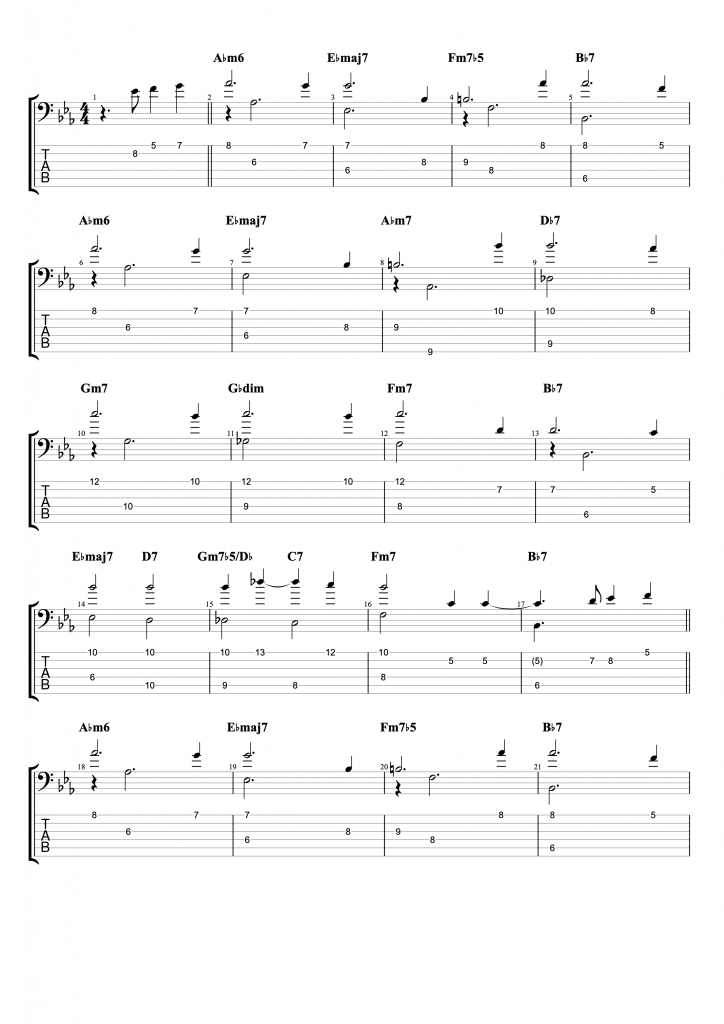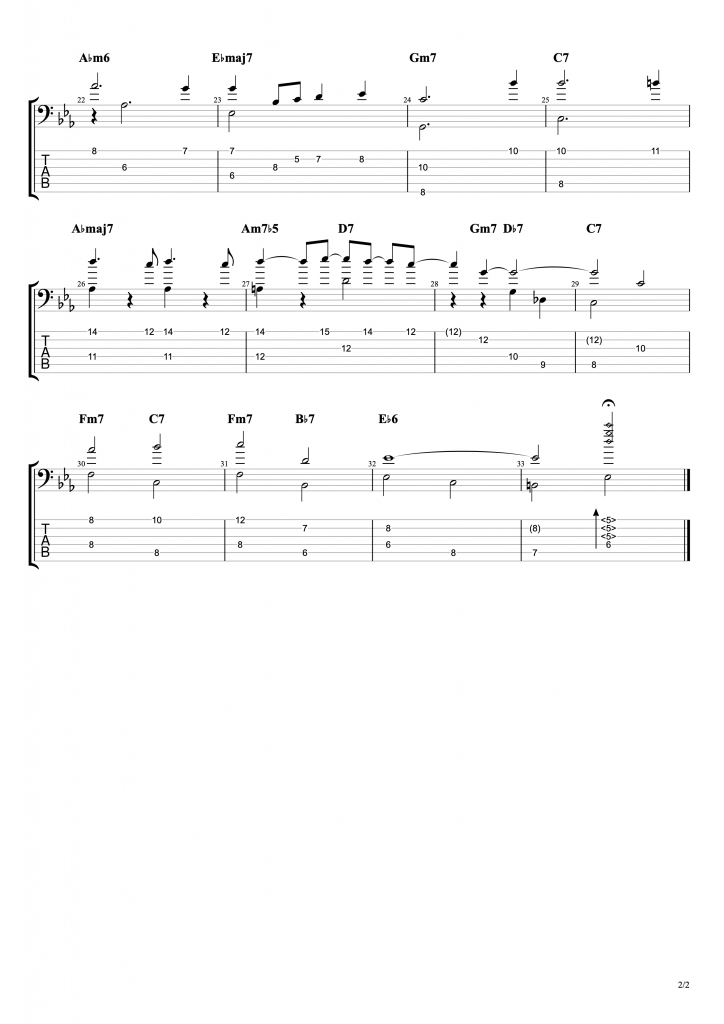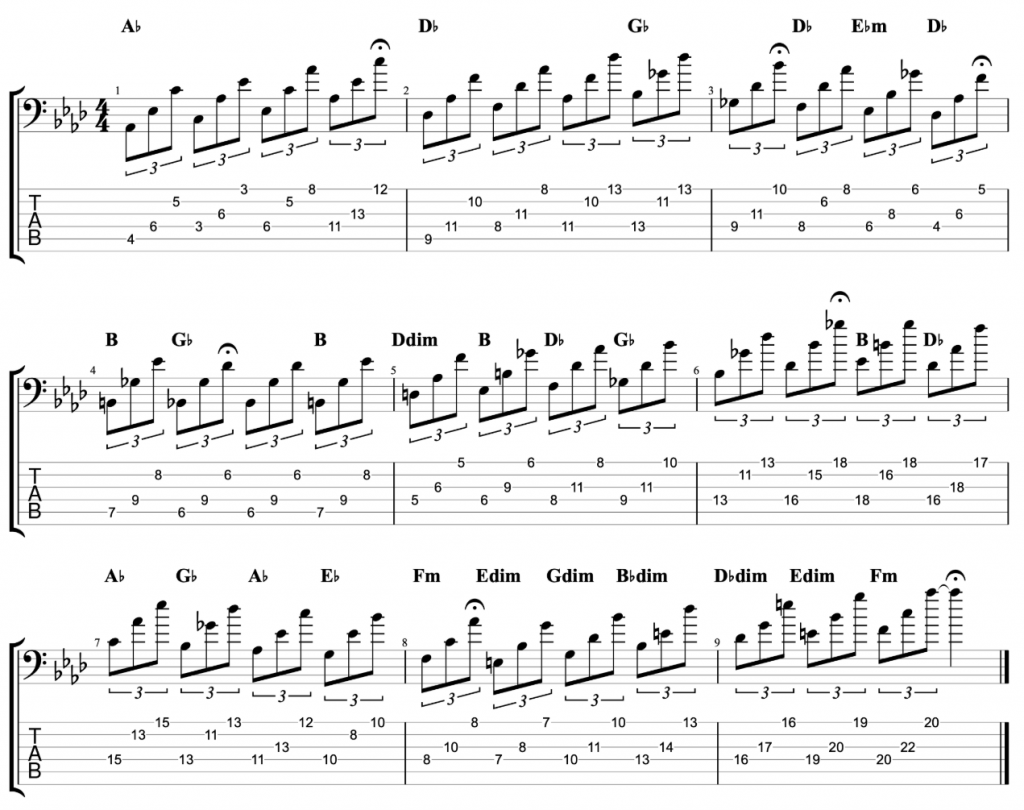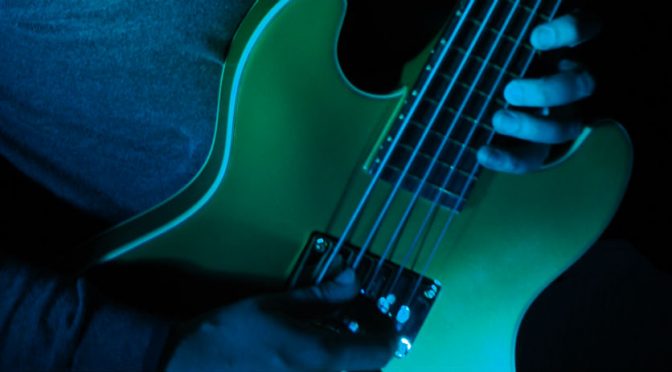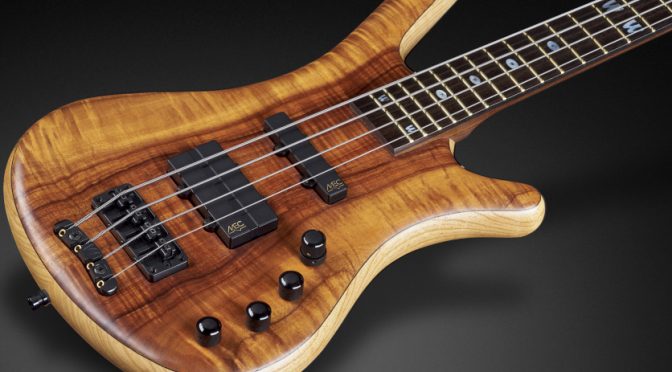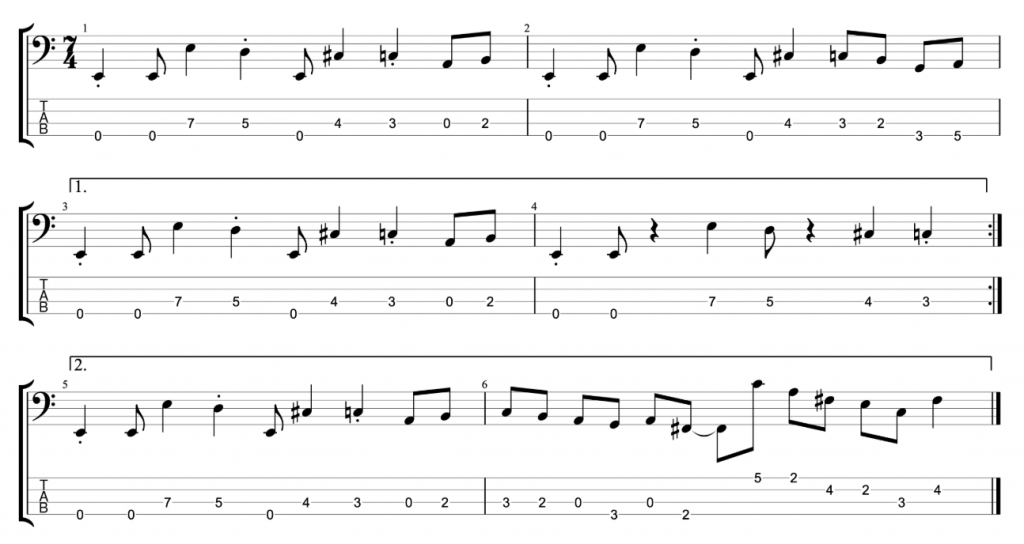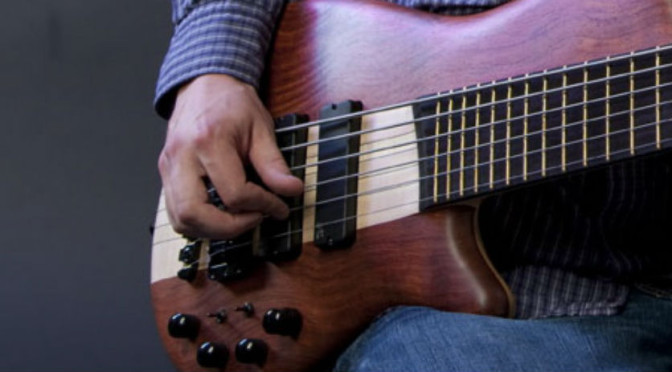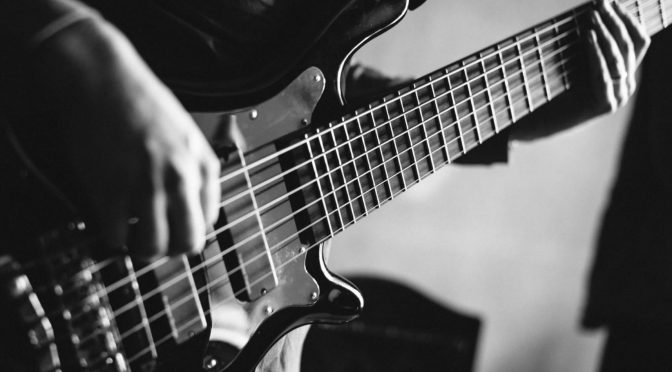Jaco Pastorius Fingerstyle Funk Lines – Bass Practice Diary – 2nd July 2019
This week I’ve been practicing playing Jaco style fingerstyle funk lines by using a book of his transcriptions called The Essential Jaco Pastorius. I particularly wanted to study the way he improvises funky fingerstyle bass lines. Which is why I read through this passage. It’s played on a Bb7 chord towards the end of his composition Opus Pocus from his self titled debut album. I haven’t included any TAB this time because I don’t want to infringe the copyright of the book. But if you’d like to see some analysis of a Jaco line with bass TAB then check out this video.
Practising with transcriptions
If you’ve followed my Bass Practice Diary regularly you will probably know by now that I love to practice playing transcriptions of great musicians. Sometimes I transcribe the music myself and sometimes, like this week, I work from books of transcriptions. I truly believe that practicing transcriptions is one of the best ways you can practice the bass or any other instrument. Playing a Jaco Pastorius transcription is like getting a lesson from the master himself. What better way is there to get inside his brilliant mind than by playing his own lines.
I’ve often found that great musicians are often not great teachers. Jaco is probably a good example of this phenomena. Most of you are probably familiar with his Modern Electric Bass instructional video from the 1980’s. There is some good stuff in it. But I would say that you will learn much more by transcribing his music than by listening to what he says. Jaco is a very natural musician. And I’ve noticed that most natural musicians don’t make the best teachers. Because they often can’t explain what it is they do in a way that people can understand. There are exceptions to that. Victor Wooten is both a great natural musician and a great teacher. Because he’s taken the time to break down what he does and distill it in an understandable way.
Whatever great musician you want to learn from, you can have a one to one lesson from a master, when you start transcribing their music. Or, for a little bit more money, you can buy a transcription book. Which now exist for many great musicians on a wide variety of instruments and styles.



